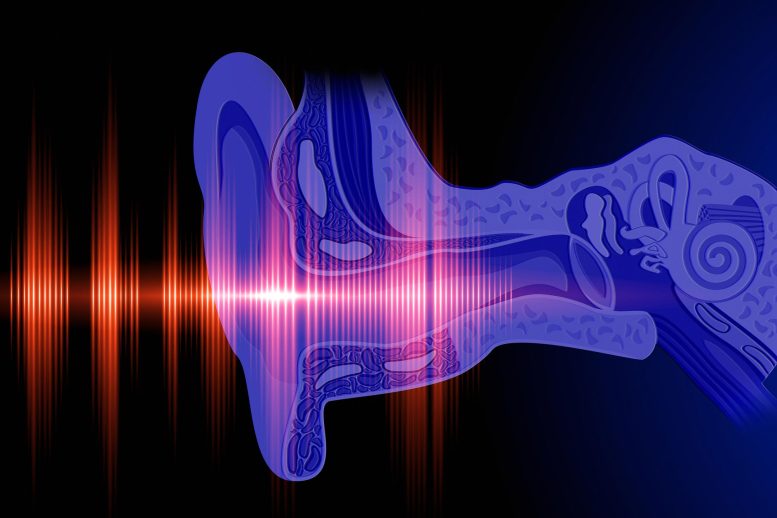
Researchers have developed a new method to deliver gene therapy via cerebrospinal fluid to restore hearing in deaf mice by repairing inner ear hair cells. This discovery, made possible by utilizing the brain’s natural fluid flow and a backdoor into the cochlea, may be a significant step towards restoring hearing in humans with gene therapy.
An international team of researchers has developed a new method to deliver drugs into the inner ear. This breakthrough was made possible by utilizing the natural circulation of liquids in the brain and using a little-understood backdoor into the cochlea. By using this approach to administer gene therapy that repairs inner ear hair cells, the scientists successfully restored the hearing of deaf mice.
“These findings demonstrate that cerebrospinal fluid transport comprises an accessible route for gene delivery to the adult inner ear and may represent an important step towards using gene therapy to restore hearing in humans,” said Maiken Nedergaard, MD, DMSc, senior author of the new study, which was published in the journal Science Translational Medicine.
Nedergaard is co-director of the Center for Translational Neuromedicine at the University of Rochester and the University of Copenhagen. The study was the product of a collaboration between researchers at the two universities and a group led by Barbara Canlon, Ph. in the Laboratory of Experimental Audiology at the Karolinska Institute in Stockholm, Sweden.
The number of people worldwide predicted to have mild to complete hearing loss is expected to grow to around 2.5 billion by mid-century. The primary cause is the death or loss of function of hair cells found in the cochlea—which are responsible for relaying sounds to the brain—due to mutations of critical genes, aging, noise exposure, and other factors.
While hair cells are not naturally regenerated in humans and other mammals, gene therapies have shown promise and in separate studies have successfully repaired the function of hair cells in neo-natal and very young mice. However, as both mice and humans age, the cochlea, already a delicate structure, becomes enclosed in the temporal bone. At this point, any effort to reach the cochlea and deliver gene therapy via surgery risks damaging this sensitive area and altering hearing.
In the new study, the researchers describe a little-understood passage into the cochlea called the cochlear aqueduct. While the name conjures images of monumental stone architecture, the cochlear aqueduct is a thin bony channel no larger than a single strand of hair. Suspected to play a role in balancing pressure in the ear, a new study shows that the cochlear aqueduct also acts as a conduit between the cerebrospinal fluid found in the inner ear and the rest of the brain.
Scientists are developing a clearer picture of the mechanics of the glymphatic system, the brain’s unique process of removing waste first described by the Nedergaard lab in 2012. Because the glymphatic system pumps cerebrospinal fluid deep into brain tissue to wash away toxic proteins, researchers have been eyeing it as a potentially new way to deliver drugs into the brain, a major challenge in developing drugs for neurological disorders.
Researchers have also discovered that the complex movement of fluids driven by the glymphatic system extends to the eyes and the peripheral nervous system, including the ear. The new study represented an opportunity to put the drug delivery potential of the glymphatic system to the test, while at the same time targeting a previously unreachable part of the auditory system.
Employing a number of imagining and modeling technologies, the researchers were able to develop a detailed portrait of how fluid from other parts of the brain flows through the cochlear aqueduct and into the inner ear. The team then injected an adeno-associated virus into the cisterna magna, a large reservoir of cerebrospinal fluid found at the base of the skull. The virus found its way into the inner ear via the cochlear aqueduct and delivered a gene therapy that expresses a protein called vesicular glutamate transporter-3, which enables the hair cells to transmit signals and rescued hearing in adult deaf mice.
“This new delivery route into the ear may not only serve the advancement of auditory research but also prove useful when translated to humans with progressive genetic-mediated hearing loss,” said Nedergaard.
Reference: “Delivery of gene therapy through a cerebrospinal fluid conduit to rescue hearing in adult mice” by Barbara K. Mathiesen, Leo M. Miyakoshi, Christopher R. Cederroth, Evangelia Tserga, Corstiaen Versteegh, Peter A. R. Bork, Natalie L. Hauglund, Ryszard Stefan Gomolka, Yuki Mori, Niklas K. Edvall, Stephanie Rouse, Kjeld Møllgård, Jeffrey R. Holt, Maiken Nedergaard and Barbara Canlon, 28 June 2023, Science Translational Medicine.
DOI: 10.1126/scitranslmed.abq3916
Additional co-authors of the study include: Barbara Mathiesen, Leo Miyakoshi, Peter Bork, Natalie Hauglund, Ryszard Stefan, Yuki Mori, and Kjeld Mollgard with the University of Copenhagen; Christopher Cederroth, Evangelia Tserga, Corstiaen Versteegh, Niklas Edvall, and Barbara Canlon with the Karolinska Institute; and Jeffery Holt with Harvard University. The research was supported with funds from the Lundbeck Foundation, the Novo Nordisk Foundation, the National Institute of Neurological Disorders and Stroke, the Knut and Alice Wallenberg Foundation, the Karolinska Institute, the Tysta Skolan Foundation, Hörselforskningsfonden, the European Union’s Horizon 2020 Research and Innovation Programme, the Danish Society for Neuroscience, the U. S. Army Research Office, the Human Frontier Science Program, the Dr. Miriam and Sheldon G. Adelson Medical Research Foundation, Simons Foundation, the Jeff and Kimberly Barber Fund, and Foundation Pour L’Audition.


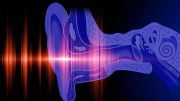
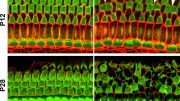
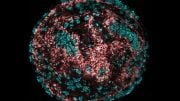

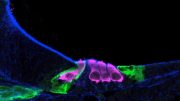
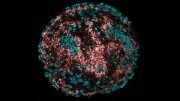
Speed up Research by using (Non-Mammal, yes) Eggs of Bird species that are known to talk after hearing/learning. Make a thousand of them deaf and follow up by Restoring their Hearing, using this technique. Find out what is happening at Molecular and Nucleic acid/Gene Level, which is essential to trod the best/right path. We always need shotcuts after thorough research. (Funny, but True: I was watching Video recently that said Plants too talk/communicate, listen and see) !
You want Society to improve by Leaps and Bounds? Then, go ahead and start injecting that virus into that chamber after embedding that virus with that protein maker gene. As simple as that. Hurry up with SAFE Clinical Trials ASAP. 3 Countries, U.S, Sweden and Denmark are involved in this. Nobel Prize is Essential if it works in all Humans ! Humans are = ‘Body + Brain + Hearing etc., Sensory abilities + No/Very Minor Diseased at the most Body’. Tomorrow, someone will come up with Vision for ALL Humans too. Just wait for that !